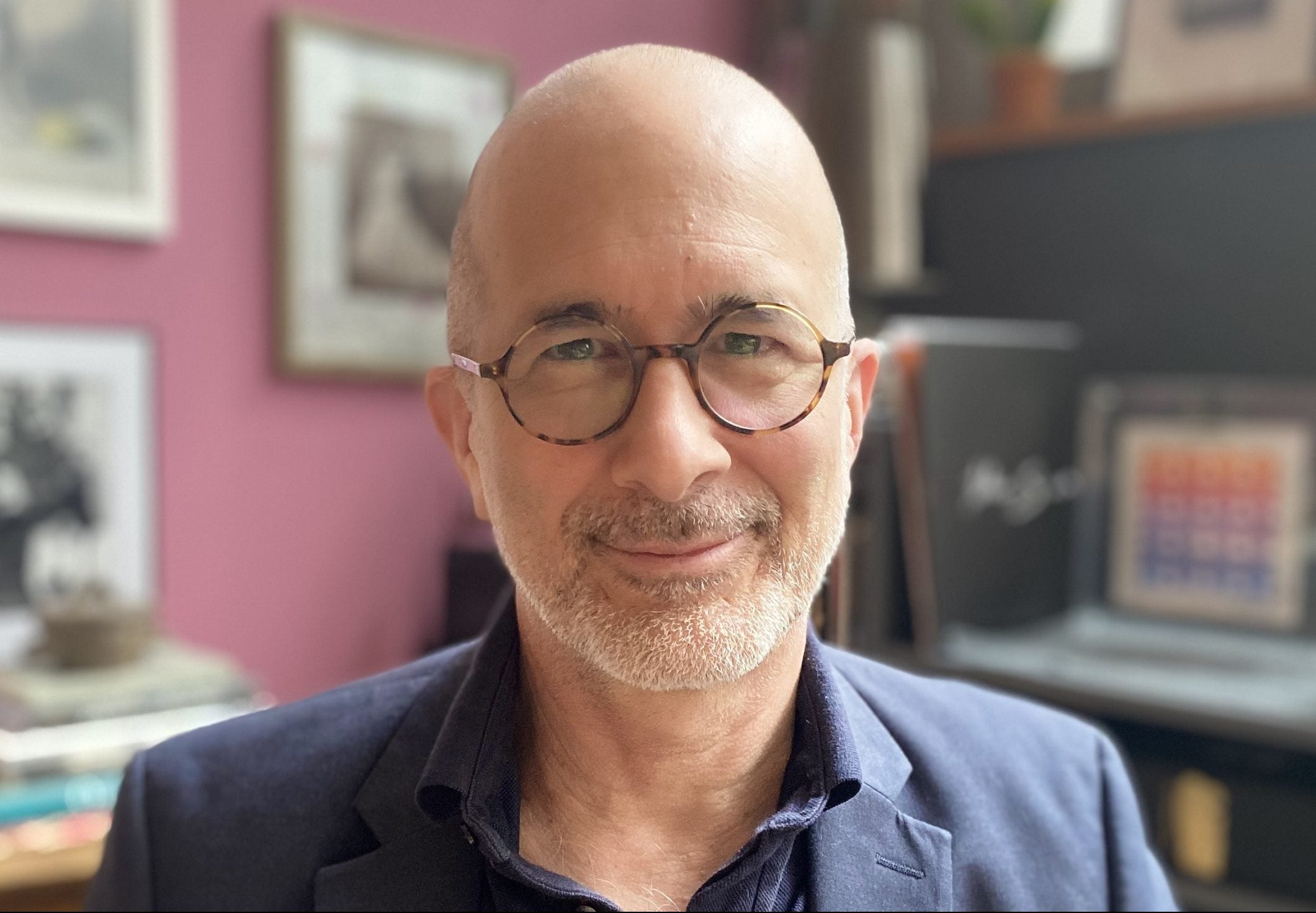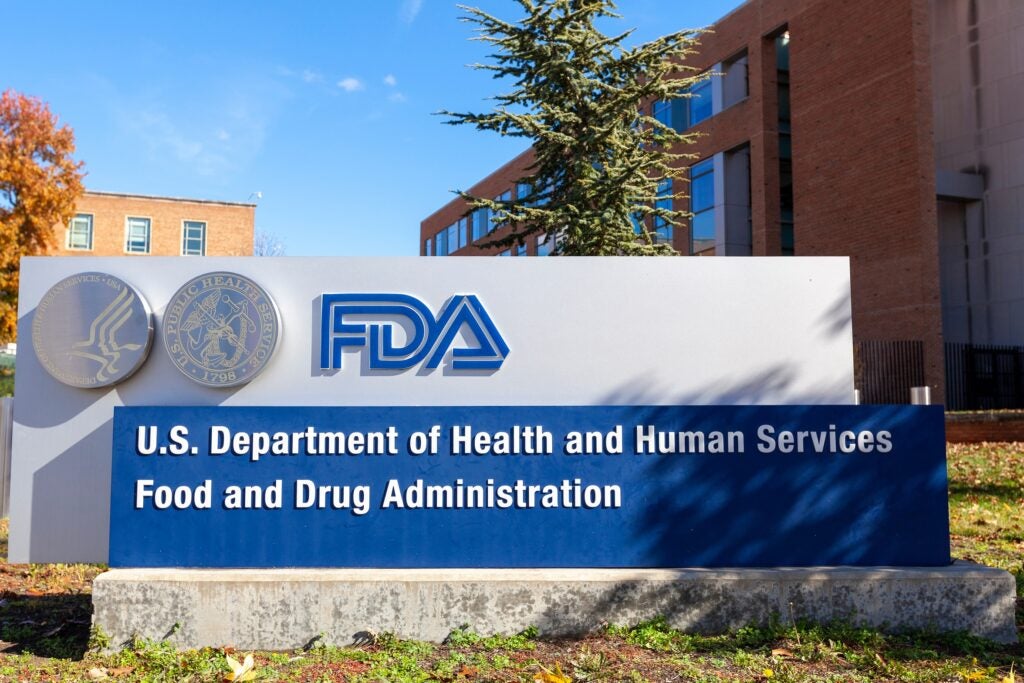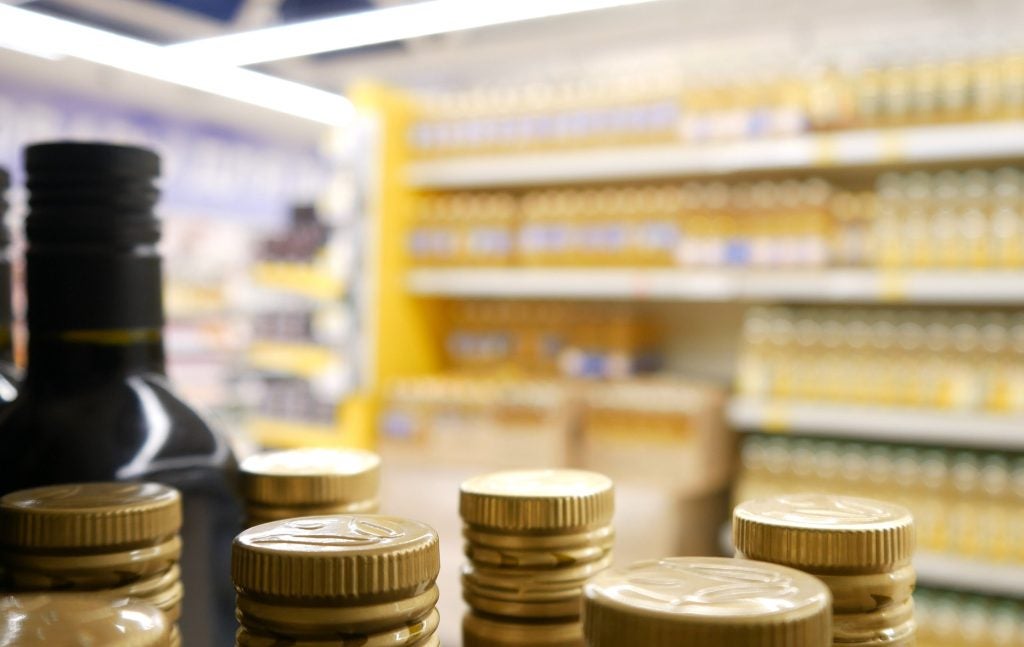
Joseph R. Profaci is the executive director of the North American Olive Oil Association (NAOOA), a trade group with members that represent more than half the olive oil sold in the US. Part of the association’s work is assuring consumers they can trust the olive oil in the marketplace.
The association has overseen regular testing “for decades”, Profaci says. Without a national standard for olive oil in the US, he adds, self-regulation has been necessary. The NAOOA follows International Health Council standards and has a seal programme to promote the authenticity of its members’ products.
The association works with the International Olive Council (IOC), although the US is not a member country of that body. The IOC has a monitoring control agreement for the quality and purity of oils on import markets, to which the NAOOA is a signatory.
Through that cooperation with the IOC, Profaci and his colleagues are undertaking a fresh programme the association says will embody “more rigorous” testing to “strengthen consumer confidence in the authenticity and quality of the olive oil they buy”.
Globally, the olive-oil industry has seen prices rise over recent months due to droughts in Spain and other countries of origin in the Mediterranean. The NAOOA predicts prices will stay at “historic highs” for some time.
In the US, olive oil makes up roughly 19% of all cooking oils sold at retail. In terms of sales value, its share stands as high as 40% due to “premium” pricing, Profaci says. He sat down with Just Food to break down some of the issues facing olive oil around authenticity and seeking to “deter bad actors”.
Access the most comprehensive Company Profiles
on the market, powered by GlobalData. Save hours of research. Gain competitive edge.

Company Profile – free
sample
Your download email will arrive shortly
We are confident about the
unique
quality of our Company Profiles. However, we want you to make the most
beneficial
decision for your business, so we offer a free sample that you can download by
submitting the below form
By GlobalData
Just Food: What sparked the need for this new testing programme?
Joseph R. Profaci: Let me be clear: we have not seen from our testing that there’s been any increase or spikes in adulteration or fraud at all. However, we are concerned, first of all, because we’re seeing a lot of reports in the media, raising red flags with high prices and tightening supply. It’s not unwarranted. I mean, it makes sense, right?
We think it’s worth ramping up the testing specifically because of the current market conditions: the second year in a row of a bad harvest in in Spain – and elsewhere – but mainly Spain and so we decided as an association that we should step up and do this testing programme – doing it right and doing it with completely independent sampling agencies.
Just Food: What will the testing entail?
Profaci: As a result of the agreement with the IOC, we have basically negotiated rates on testing which will help us increase the number of samples that we were able to test with our budget. Part of having that advantage means we also have to follow the rules of the IOC agreement and it says we must have all of the IOC standards – physical, chemical and sensory – so that the products will be given the full tests that are prescribed by the IOC.
Just Food: How long will the testing take?
Profaci: What we’ve been told is it may take as much as six to eight weeks to get the test results back okay.
Just Food: How is it being paid for?
Profaci: We have to pay but IOC has negotiated good rates with labs. We’re also going to do beyond what the IOC requires because there are a couple of parameters that are part of the California standard. California has its own standard. There are two parameters. They’re called PPP and DAGS and we’re going to include those as well. We’ll have to pay market rate for those. There’s no negotiated rate with IOC because those parameters are not part of the IOC.

Just Food: What made you think you should go beyond what the IOC asks for?
Profaci: Well, there is no national standard for olive oil in the US. Last year, we petitioned the FDA to create a new standard and we did it jointly with the American Olive Oil Producers Association. Deoleo was a separate petitioner. The proposal that we put forth had those tests in because we’re the ones doing this programme and, because FDA is looking at our proposal, we think it’s just necessary to do those tests as well.
We’re acting on this now, as I said, strictly because of the market conditions. Even if there were a national standard, it’s unlikely that the FDA would take an active role in regulating olive oil. It’s not a safety issue.
Just Food: How much testing does the NAOOA conduct in total?
Profaci: We have the seal testing, which we do for the programme of the seal licencing, and we also have what we call random testing. In a normal year, we do both.
We test the companies who are part of the seal multiple times – it’s not just once a year, we pick out a spot at least twice a year, we will pull samples off the shelf through testing.
The other random testing I would say in fact in most years because the budget isn’t that high, we reserve that for “suspicious-looking oil” that we find in the marketplace. So that’s going to be a big difference between what we normally do: instead of targeting questionable oils to now trying to have a representative sample of oils available on the market. We’re specifically not going to try to target questionable oils, but trying to give a sense of really what is out there.
Just Food: What would define a “suspicious-looking olive oil”?
Profaci: In most cases, it’s price. It’s just a price that’s too good to be true. We recently picked up an oil that was being sold in California; it was labelled as extra virgin olive oil but was being sold for $5 per litre. This was clearly not extra virgin olive oil. We had it tested and it was not.
There are those things out there and that’s what we tell consumers: shop at a retailer that you trust, stick with a brand that you know and by all means if you’re trying something different, just beware of prices that are too good to be true.
Profaci: What we do with our random testing programme is we will immediately contact both the company that is listed as the distributor or the manufacturer on the label and contact the retailer with our test results. That’s a minimum. Then, depending on what the results show, how egregious it is, and how apparent that this was intentional, then we go to the FDA. In this case, we went to the FDA right away, so we went to the FDA and notified them of this problem. Several years ago, [we found] a particular issue wasn’t resolving itself and we ended up bringing a lawsuit against the company for false advertising and misrepresentation.
In many cases, you really don’t know who the responsible party is. If it’s private label, it’s possible that the company that bought the oil from someone else has been cheated. You don’t necessarily know who’s to blame and this why we were cautious about that.
It’s very complicated when we try to figure out and determine who is the responsible party
There’s the risk that an oil might be labelled as extra virgin but not actually make that grade when it’s tested and that could be intentional, no question. Sometimes a company might pack as extra virgin an olive oil that’s not up to par for extra virgin.
But a discrepancy in quality is not necessarily intentional. Olive oil is a product that will degrade with time and exposure to heat and light and so, once it leaves the manufacturers, sometimes the degradation is not their fault. It’s been in the distribution chain, whether it’s in transportation or storage, or actually even just merchandising on a shelf with light that damages. It’s very complicated when we try to figure out and determine who is the responsible party. Sometimes we can’t, but what we can do is put out warnings and let people know that, you know, we’re watching.
Just Food: By how much have olive oil prices jumped in the US? Has inflation in the segment combined with consumer mistrust driven shoppers away?
Profaci: In terms of the increase in costs, actually, things were pretty stable through the pandemic, it really was not a lot of increase in price. In the last year or so, though, I would say prices are up generally around 25 to 30%.
However, what we’re seeing – and this is the other part of the impact – we are not seeing any diminishment of consumption. The interesting thing here is that, particularly with extra virgin olive oil – and extra virgin olive oil is about 75% of the olive oil market in the US – once you make the switch to extra virgin olive oil, there’s really no suitable alternative. You’re kind of stuck, for better or for worse! Definitely for the better but, you know, you may have to pay some more.
Just Food: What is your outlook on the US olive oil market?
Profaci: Thirty years ago, we remember the same thing. I was working with the Colavita company, that was my family’s company. We were, at that point, the ‘premium’ olive oil on the market and we were really worried we were going to lose all our share because our prices were going to be even higher. But we didn’t lose any market share.

What happened then was prices did recede – not completely to the pre-drought prices – but they did. I’m optimistic that we’re going to see both of those things. We’re going to see prices recede and then we’ll see better consumption and better production levels next year.
Just Food: Will the new testing be undertaken on a rolling basis or just a one-off?
Profaci: We don’t know the answer. We have discussed that. As I said, what’s driving this is the current market conditions so we’re going to do this for that reason. As we’ve learned, this is to help bolster confidence among consumers. We’re also going to have as a secondary bonus: we’re going to gather some really interesting data here. And, when we look at it and get a sense of what is going on in the market on a broader scale, that information may help inform whether we continue this, maybe scale back, we’ll see. For now, it’s one year. It is for next year. Let’s see how this goes.
Just Food: Where did the consumer worries about olive oil authenticity come from?
Profaci: There is a lingering perception that olive oil is a widely adulterated food product and I have to say that the data that we have just shows that that’s not the case. We’ve done random testing, and, as I mentioned, we do find it does exist for sure. But when we convert our own testing results on a market share basis, we look at maybe 2-3% being at risk.
But the reality is they’re concerned because they read otherwise. Part of this is actually, I think, due to the fact that when all these stories about fraud came out, about ten or 15 years ago, the exporting countries like Italy and Spain felt threatened that their reputation was being destroyed. They instituted really strict export controls out of their countries. So ironically, you know, it’s probably more likely or easier to commit fraud within the EU than it is if you’re shipping to the US.
The US is regarded as the jewel of the olive oil market. We are the number two consuming nation in the world right now after the EU. If you look at the countries within the EU, I think only Italy and Spain consume more olive oil than the US. And yet, there’s only 40% of households in the US that actually buy olive oil so the potential to grow is enormous. This is the market that above all they look to protect so the reality sometimes doesn’t square with the perception. This is something we’re trying to make clear.

